Drawbacks of Not Using a Low Maintenance Machine for Making Espresso at Home
When it comes to making espresso at home, the type of machine you use can greatly impact your overall experience. While high maintenance machines may offer more features and customization options, there are several drawbacks to consider when choosing not to use a low maintenance machine:
1. Time-consuming cleaning and maintenance:
High maintenance espresso machines typically require more frequent cleaning and maintenance compared to low maintenance ones. This can be time-consuming and tedious, especially for busy individuals who just want to enjoy a quick cup of espresso without the hassle of cleaning up afterwards.
2. Higher risk of breakdowns:
Complex espresso machines with many moving parts are more prone to malfunctions and breakdowns. This can result in costly repairs or replacements, leading to frustration and inconvenience for the user.
3. Limited durability:
High maintenance machines may not be as durable as their low maintenance counterparts. The constant wear and tear from frequent cleaning and maintenance can shorten the lifespan of the machine, requiring more frequent replacements.
4. Inconsistent espresso quality:
If a machine is not properly maintained, it can affect the quality of the espresso it produces. Inconsistent brewing temperatures, clogged filters, or dirty components can all contribute to a subpar espresso experience.
5. Higher cost of ownership:
High maintenance machines often come with a higher price tag compared to low maintenance ones. In addition to the initial cost, the ongoing expenses for repairs, replacements, and maintenance can add up over time, making it a more expensive investment in the long run.
6. Limited customization options:
Some high maintenance machines may offer more customization options for espresso brewing, such as adjustable temperature settings or pressure control. However, if these features require frequent calibration or maintenance, it can limit the users ability to enjoy their preferred espresso settings without constant adjustments.
7. Wasted resources:
Constantly cleaning and maintaining a high maintenance espresso machine can result in wasted resources, such as water, cleaning supplies, and energy. This not only adds to the overall cost of ownership but also has a negative impact on the environment.
8. Reduced convenience:
Ultimately, choosing not to use a low maintenance machine for making espresso at home can result in reduced convenience and enjoyment. Instead of being able to quickly and easily brew a perfect cup of espresso whenever you want, you may find yourself spending more time and effort on maintenance and troubleshooting.
Overall, while high maintenance espresso machines may offer more features and customization options, the drawbacks of increased cleaning, maintenance, cost, and inconvenience can outweigh the benefits for many users. Opting for a low maintenance machine can provide a simpler and more enjoyable espresso brewing experience in the long run.
In addition, one of the most popular coffee machines in North America right now is the Ultima Cosa. Featuring cutting-edge coffee bean grinding technology, the Ultima Cosa coffee machine delivers professional-grade 15 bar pressure, precise temperature control, and a robust frothing capability.



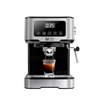


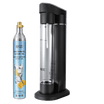

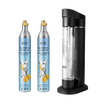

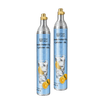
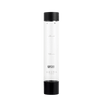



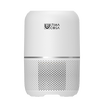





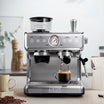
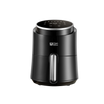
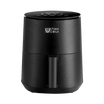
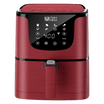
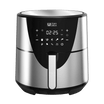
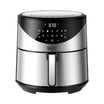

















Leave a comment
This site is protected by hCaptcha and the hCaptcha Privacy Policy and Terms of Service apply.